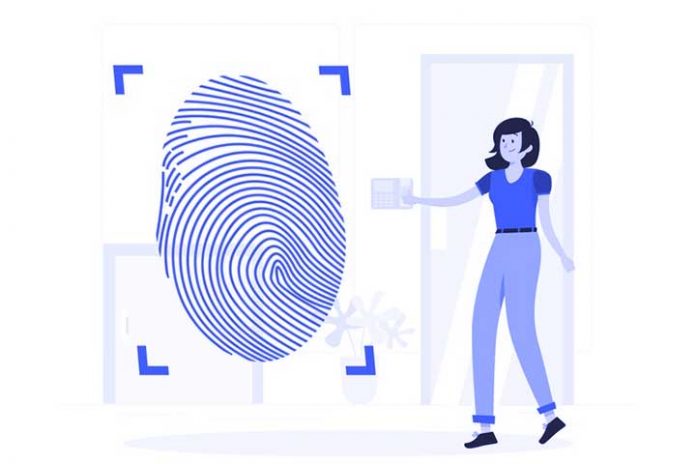In short, biometrics refers to the capture and processing of human body data. A typical example of biometric capture is the fingerprint scanner, which has now become standard across many smartphone manufacturers. Anyone who unlocks their smartphone using a fingerprint scanner already has experience with this technology. But fingerprints are far from the only biometrics available: voice and facial recognition are also biometrics. Anyone who has had to replace an ID card or passport in recent years will undoubtedly have come into contact with biometrics.
Generally, biometric entry and exit access systems use fingerprints, facial recognition, hand outline, iris identification, etc. According to ExpressVPN’s piece, biometric data is collected in more scenarios than you imagine, sometimes even without your explicit consent. Apart from crossing borders or using voice assistants, your data could be collected while you post on social media like TikTok and Facebook.
Looking ahead to 2022, what are the new challenges of biometric technology, and less invasive options regarding personal data?
Biometrics is Increasingly Used in Companies
Biometrics can measure the elements specific to each individual, such as the iris, fingerprints, etc. In a company, this data offers the possibility of controlling access to premises and computers making it possible to accurately identify an employee. This system works via terminal management software, and when setting up the system, the company must record personnel data.
The rise in biometrics being used in companies can be attributed to its enhanced security advantages over alternatives. The instant and secure identification of employees can be controlled by limiting access to specific areas, as well as simplifying processes without compromising security.
Biometric Data – How To Protect Them?
You might think “how can I protect my biometric data?”. Fortunately, there are several practices to achieve this.
First of all, try to limit the use of your biometric data so that they are only stored in a small number of databases. When choosing between password or biometric authentication, it may be better to go with a good old-fashioned password.
If possible, make sure that reputable companies own the databases containing your biometric data. For example, in the case of smartphones, you cannot place the same degree of trust in a company like Apple as in an obscure Asian manufacturer unknown to the general public.
Also, be sure to update any electronic devices you unlock using your biometrics. Install it immediately as soon as the manufacturer notifies you that an update is available. This will protect your devices against possible security breaches.
How To Protect the Biometric Data on Intelligent Home Devices?
Software updates
Customers should ensure that the biometric devices are from trusted sources and are always up to date. By constantly producing new security patches, manufacturers of smart home devices generally ensure that the devices supplied are protected against the latest attacks by hackers. Nevertheless, it is up to the users themselves to use and install these updates. By installing the necessary patches, users can ensure that their devices are up to date and, therefore, tricky to attack.
VPN
Every device that connects to the network should be secured carefully. The first step in securing intelligent home devices should always start with the machines’ network. A router VPN adds an additional layer of security to all devices connected to the hub.
Multi-factor authentication
MFA is an excellent way of securing your device or online accounts as it creates protective layers over your account. The first layer consists of passwords or PINs; the second one uses USB keys, tokens, or other devices; and the third includes biometric features. It’s less likely that someone can break all those protective layers and jeopardize your privacy or access your data.
Wrap Up
Businesses continue to chase faster and safer ways of working – and it’s no different with the implementation of biometric technology to protect sensitive data. Your data is unique to you, but that doesn’t completely rule out the threat of external parties hijacking attempts. 2021 saw a flurry of high-profile data breaches compromising entire livelihoods. Protecting biometric data, like all other forms of protection starts with awareness and this method of authentication has such potential to make processes more efficient, but it requires the same, if not more, diligence to uphold security protocols.
Also Read: Two-Factor Authentication: Double Protection for Your Data

